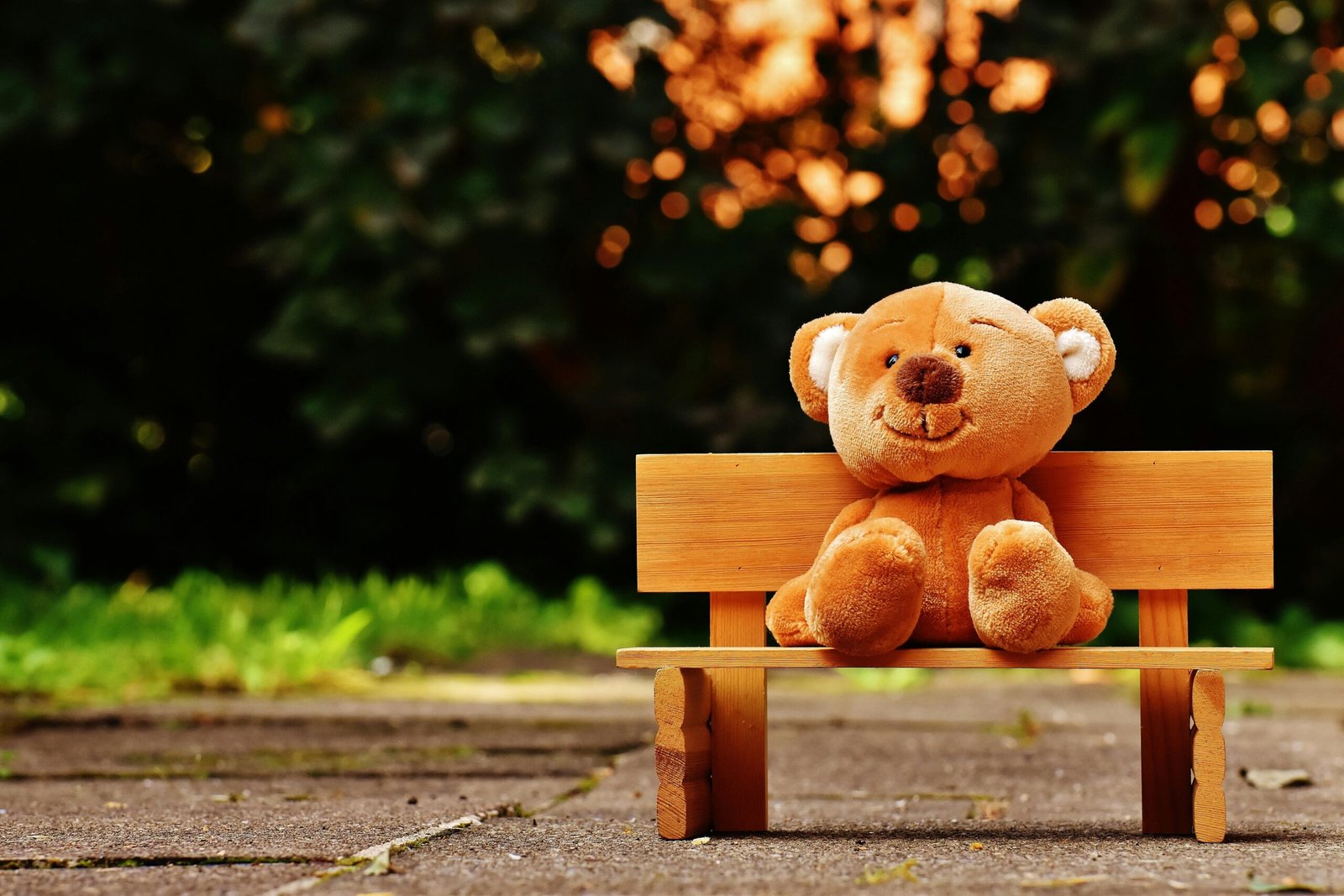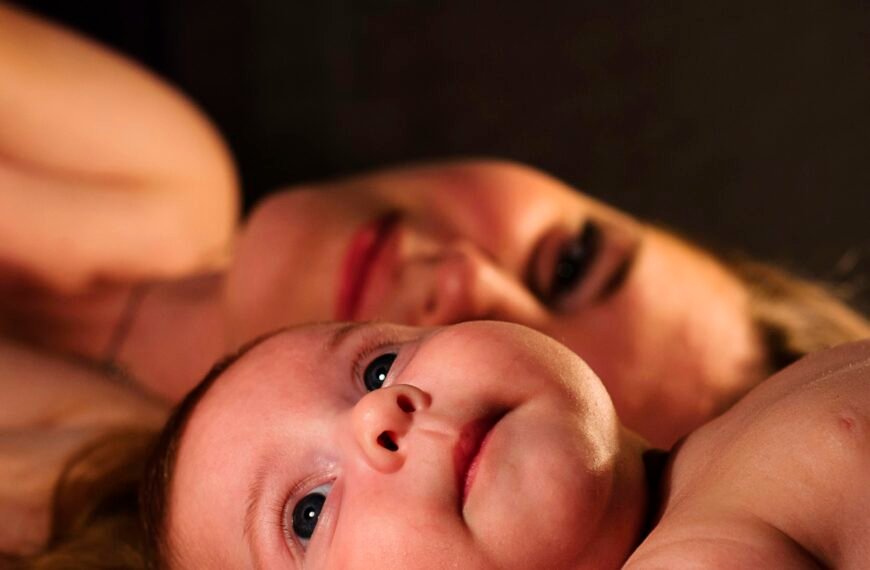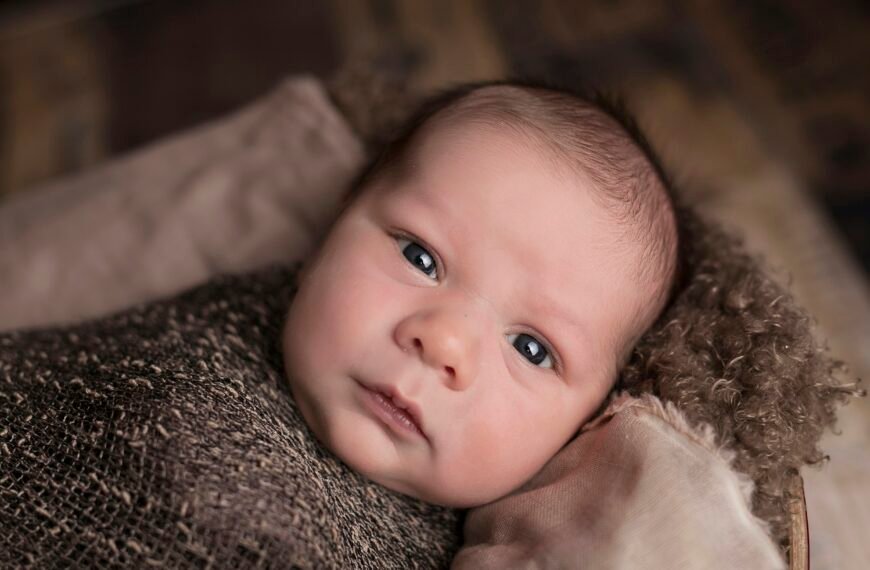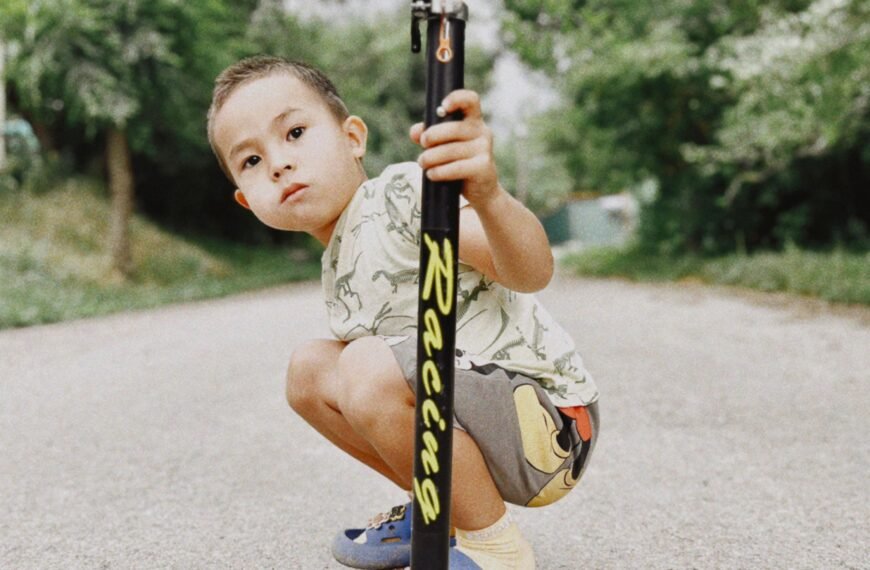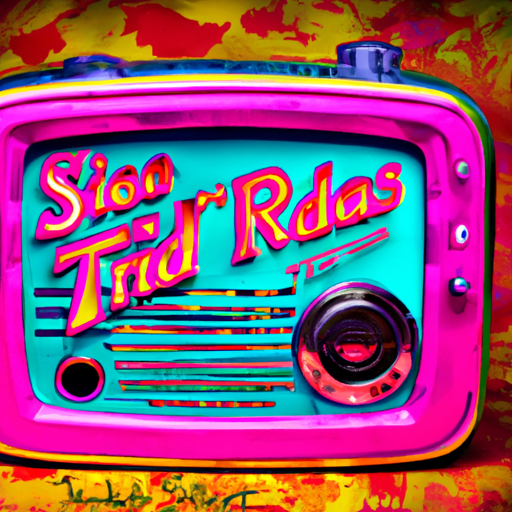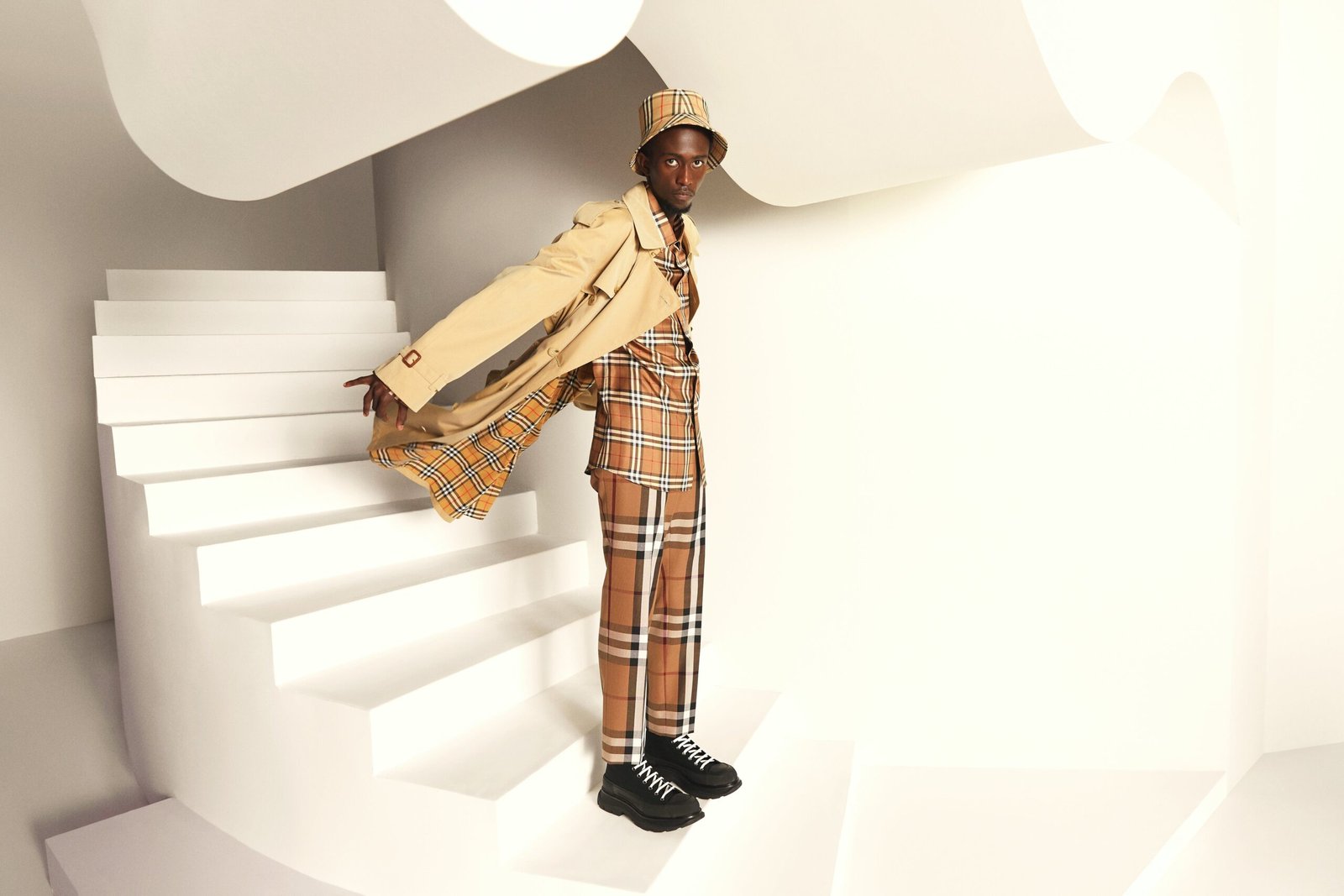Imagine the joy that fills a room when a baby’s curiosity blossoms into playtime with toys. It is an enchanting sight to witness as their tiny hands grasp and explore the objects before them. The evolution from observing toys to engaging with them is a significant milestone in a baby’s development, showcasing their burgeoning motor skills and cognitive abilities. As their fascination grows, so does their sense of independence and exploration. From simple rattles to colorful stacking blocks, toys become valuable companions that not only entertain but also nurture their growing minds.
Check Baby Toys Guide & Review
Benefits of Playing with Toys
Playing with toys is not only an enjoyable pastime for babies but also has several developmental benefits. From enhancing cognitive development to promoting language skills, playing with toys plays a crucial role in a baby’s overall growth. Let’s explore the key benefits in detail.
Enhances Cognitive Development
Playing with toys stimulates a baby’s brain and enhances cognitive development. Toys provide opportunities for babies to explore and discover new things, which helps in building a strong foundation for their cognitive skills. For example, toys that allow babies to manipulate objects, such as stacking toys or shape sorters, help them develop problem-solving skills, spatial awareness, and hand-eye coordination.
Develops Fine Motor Skills
Toys are excellent tools for developing a baby’s fine motor skills. By grasping, holding, and manipulating various toys, babies strengthen their hand muscles and improve their coordination. For instance, soft toys and rattles provide babies with the opportunity to practice their gripping and shaking movements, thus enhancing their fine motor skills.
Encourages Problem-Solving Skills
Playing with toys encourages babies to think and solve problems. As they encounter different challenges while interacting with toys, they learn to come up with strategies and solutions. For instance, interactive toys that require pressing buttons or turning knobs teach babies cause-and-effect relationships and problem-solving skills. These experiences lay the foundation for future critical thinking skills.
Promotes Language Development
Toys can also play a significant role in promoting language development in babies. When babies play with toys, they are exposed to words, sounds, and expressions. This exposure helps them develop their vocabulary, improve their language skills, and enhance their communication abilities. For example, toys that make sounds, have buttons with letters, or feature pictures of objects can help babies associate words with their meanings.
Age Milestones for Toy Engagement
Every baby reaches developmental milestones at their own pace. However, there are some general age milestones that can guide parents in choosing appropriate toys for their little ones. Let’s explore the age milestones for toy engagement and the types of toys that suit each stage.
0-3 months
During the first three months of life, babies are still adjusting to the world around them. At this stage, they are captivated by simple sensory stimulation. Soft, textured toys, rattles, and toys with contrasting colors or patterns are excellent choices for this age group. These toys stimulate their senses and encourage early exploration and curiosity.
3-6 months
Between three to six months, babies start to develop better hand-eye coordination and become more mobile. Soft toys that are easy to grasp and explore become popular at this stage. Rattles, cloth books, and toys with different textures can keep babies engaged and help them refine their fine motor skills.
6-9 months
Between six to nine months, babies become more interested in interactive play and enjoy exploring cause-and-effect relationships. Toys that have buttons, knobs, or interactive features are great options during this stage. Additionally, teethers become essential as babies start teething, providing relief and promoting healthy oral sensory development.
9-12 months
By nine to twelve months, babies have become more mobile and have developed stronger hand-eye coordination. Stacking toys and shape sorters are ideal for this age group as they encourage problem-solving skills, fine motor development, and understanding of shapes and sizes. These toys also foster a sense of achievement when babies successfully stack blocks or complete a shape sorter.
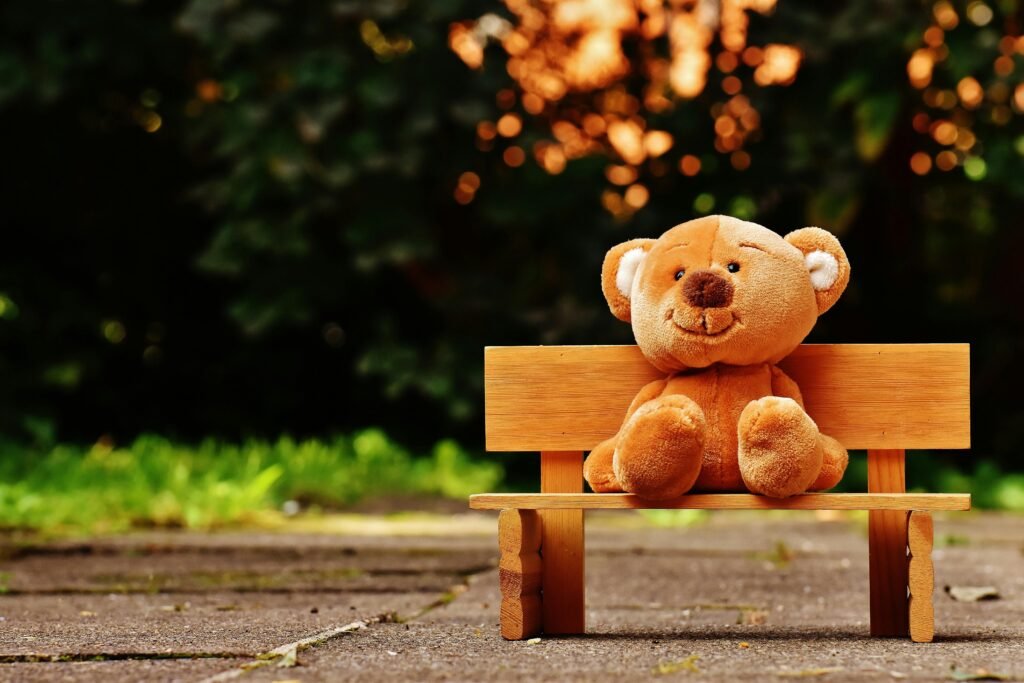
Types of Toys for Different Ages
Choosing age-appropriate toys for babies ensures their safety and enables them to enjoy meaningful play experiences. Let’s explore the types of toys that are suitable for different age groups.
0-3 months: Sensory Toys
During the first three months, babies are attracted to toys that engage their senses. Soft toys with different textures, toys that make gentle sounds, and objects with high-contrast colors or patterns are perfect choices. Examples include soft fabric balls, textured teething toys, and hanging mobiles with contrasting shapes.
3-6 months: Soft Toys and Rattles
Between three to six months, babies start to develop better control over their hand movements. Soft toys that are easy to grasp, such as plush animals or fabric dolls, are great companions for this age group. Rattles that make gentle sounds when shaken also provide sensory stimulation and encourage babies to explore their auditory senses.
6-9 months: Interactive Toys and Teethers
As babies develop better hand-eye coordination and become more mobile, they enjoy toys that offer interactive features. Toys with buttons, knobs, or levers that produce a response, such as a sound or light, capture their attention and foster their understanding of cause-and-effect relationships. Additionally, teething toys made of safe materials provide relief for babies during the teething process.
9-12 months: Stacking Toys and Shape Sorters
By nine to twelve months, babies have developed stronger motor skills and are ready for more complex play experiences. Stacking toys that allow babies to stack blocks or rings in different combinations promote hand-eye coordination and problem-solving skills. Shape sorters, where babies match shapes to corresponding slots, enhance cognitive development and shape recognition.
Safety Considerations for Baby Toys
While toys offer numerous benefits, ensuring safety is of utmost importance when selecting toys for babies. Here are some key safety considerations to keep in mind:
Choose Age-Appropriate Toys
Always choose toys that are appropriate for your baby’s age and developmental stage. Toys that are designed for older children may have small parts or be too complex for babies, posing a choking hazard or increased risk of injury.
Avoid Small Parts
Small parts, such as buttons, eyes, or detachable pieces, can be dangerous if they can be swallowed or lodged in a baby’s throat. Ensure that all toys are free from small parts that could detach easily, and regularly inspect toys for loose pieces that may become hazards.
Check for Non-Toxic Materials
Babies often explore toys by mouthing or chewing on them, so it’s crucial to choose toys made from non-toxic materials. Look for toys that are labeled as non-toxic and free from harmful chemicals such as BPA, phthalates, and lead.
Inspect for Sharp Edges
Before giving a toy to your baby, thoroughly inspect it for any sharp edges or rough surfaces that could potentially harm them. Smooth and rounded edges are much safer for babies to play with.

Tips for Introducing Toys to Babies
Introducing toys to babies can be an exciting experience. Here are some tips to help make the most of this engaging and educational playtime:
Start with Simple Toys
When introducing toys to babies, start with simple toys that are easy to handle and explore. As they become familiar with these toys, gradually introduce more complex ones that encourage problem-solving skills and cognitive development.
Provide Variety
Offering a variety of toys can keep babies engaged and stimulate their curiosity. Toys with different colors, textures, sounds, and interactive features provide a multi-sensory experience for babies, enhancing their overall development.
Engage in Playtime Together
Playing with toys together strengthens the bond between parents or caregivers and babies. It also provides an opportunity to model appropriate play behaviors and stimulate social interaction. Engage in interactive play, such as peek-a-boo or playing with cause-and-effect toys, to maximize the benefits of toy engagement.
Observe Baby’s Preferences
Every baby has unique preferences when it comes to toys. Observe your baby’s reactions and interests to understand what types of toys they enjoy the most. This will help you choose toys that align with their individual needs and interests, enhancing their engagement and enjoyment.
How to Stimulate Baby’s Play with Toys
Stimulating a baby’s play with toys further enhances their cognitive, physical, and emotional development. Here are some playtime ideas to stimulate your baby’s engagement with toys:
Play Peek-a-Boo
Peek-a-boo is a classic game that not only entertains babies but also helps develop their sense of object permanence. Use soft toys or a small blanket to cover and uncover your face, surprising your baby with each reveal. This game encourages babies to anticipate and engage in social interaction while building cognitive skills.
Introduce Cause-and-Effect Toys
Toys that demonstrate cause-and-effect relationships provide invaluable learning experiences for babies. For example, toys that light up or make sounds when certain buttons are pressed offer immediate feedback, helping babies understand cause and effect. Encourage your baby to explore these toys and manipulate the buttons or levers to activate the responses.
Encourage Tummy Time with Toys
Tummy time is essential for a baby’s physical development, and incorporating toys can make it more enjoyable. Place toys within reach during tummy time to motivate babies to lift their heads, reach out for objects, and strengthen their neck and upper body muscles. Soft toys with different textures or mirrored surfaces can capture their attention and encourage active participation.
Sing Songs or Play Music
Babies respond to music and songs, and incorporating them into playtime can be a wonderful way to stimulate their senses and promote language development. Sing nursery rhymes or play gentle music while playing with toys, creating a magical and engaging environment for your baby.

Popular Toy Brands for Babies
When it comes to choosing toys for babies, some brands have become synonymous with quality, safety, and educational value. Here are a few popular toy brands that specialize in toys for babies:
Fisher-Price
Fisher-Price is a trusted brand that offers a wide range of toys designed specifically for babies and young children. Their toys are known for their durability, educational value, and engaging features that cater to different developmental stages.
Lamaze
Lamaze is renowned for their innovative and developmentally appropriate toys for babies. Their toys focus on stimulating a baby’s senses, promoting interactive play, and encouraging physical and cognitive development.
Vtech
Vtech is a brand that combines technological advancements with educational play. They offer a range of interactive toys that introduce babies to numbers, shapes, letters, and more, making learning a fun and engaging experience.
Skip Hop
Skip Hop is a brand that specializes in toys and accessories for babies and toddlers. Their toys are designed with bright colors, engaging sounds, and textures that captivate babies’ attention and promote sensory exploration.
DIY Toy Ideas for Babies
Creating homemade toys for babies can be a rewarding and cost-effective way to foster their development. Here are some DIY toy ideas that you can try:
Sensory Bottles
Fill plastic bottles with a variety of small objects, such as beads, buttons, or colored water. Securely seal the bottles and let babies explore the different sounds, colors, and textures by shaking and rolling them. Sensory bottles provide a safe and stimulating sensory experience for babies.
Fabric Crinkle Blocks
Sew fabric cubes and fill them with crinkly material, such as a plastic grocery bag or foil. Babies can enjoy squeezing, tossing, and exploring these soft and crinkly blocks, which promote their tactile senses and fine motor skills.
Soft Toy Tag Blanket
Sew a soft fabric blanket and attach different textured ribbons or tags to the edges. Tag blankets provide tactile stimulation and encourage babies to explore textures and practice their grasping skills.
Homemade Teething Rings
Create safe and soothing teething rings by placing fabric strips or ribbons inside a clean baby food jar lid. Secure the lid tightly, and babies can enjoy chewing and exploring the different textures. Remember to supervise babies while using teething rings to ensure their safety.
Warning Signs to Watch for in Toy Usage
While playing with toys is generally safe, it’s important to be aware of warning signs that may indicate potential issues. Keep an eye out for the following:
Choking Hazard
Regularly inspect toys for small parts that could pose a choking hazard. It’s essential to ensure that all toys are appropriate for your baby’s age and that there are no loose or detachable parts that could accidentally be swallowed.
Overstimulation
While playtime is crucial for a baby’s development, overstimulation can be overwhelming for them. Monitor your baby’s reactions and adjust the play environment accordingly. If your baby becomes overly fussy or shows signs of distress, it may be time to take a break from playtime.
Lack of Interest
Babies have preferences like anyone else, and not all toys will capture their attention equally. If your baby consistently shows little interest in a particular toy, it might be worth exploring other toy options that align better with their interests and developmental stage.
Damaged or Broken Toys
Inspect toys regularly for any signs of damage or wear. Broken toys can be hazardous, with sharp edges or loose parts that may harm your baby. If a toy is damaged, remove it immediately and replace it with a safe alternative.
Conclusion
Playing with toys is an essential part of a baby’s development. From enhancing cognitive skills to promoting fine motor skills and problem-solving abilities, toys play a crucial role in a baby’s growth. By choosing age-appropriate and safe toys, engaging in playtime together, and observing and adapting to a baby’s preferences, parents can create a stimulating and enjoyable play environment for their little ones. Toys not only educate and entertain but also foster bonding and create treasured memories. So grab those toys and get ready for endless hours of fun and learning with your baby!

